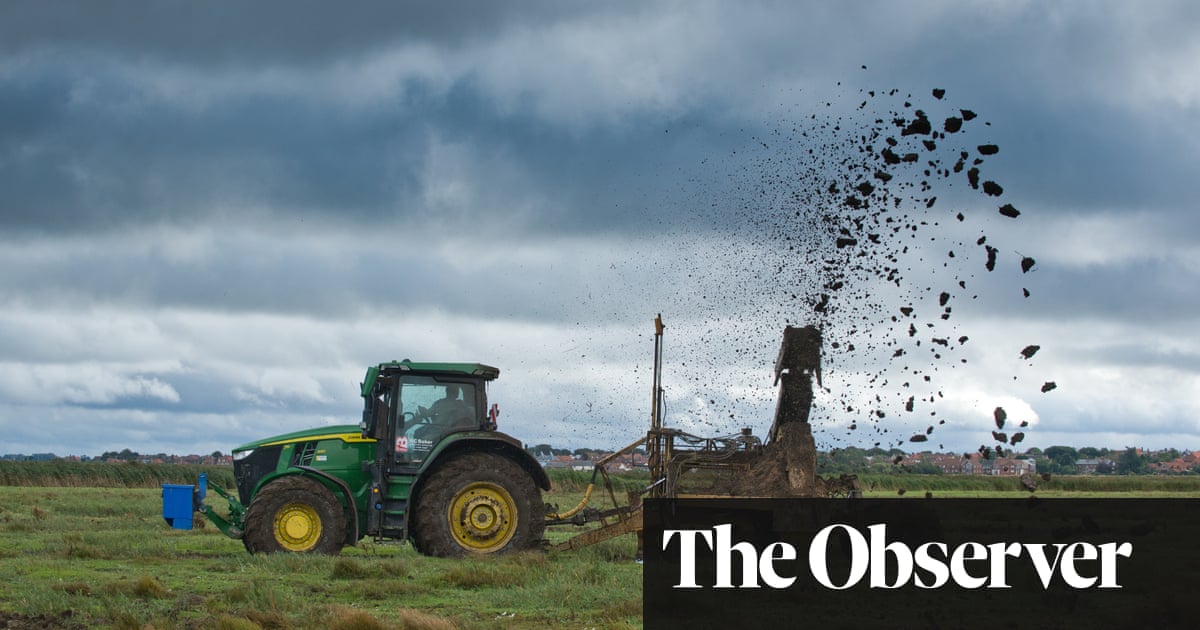
Pent-up Middle Eastern demand to hit central London residential property
Market correction has already happened, but how much further could it go?
LONDON: A wall of money from Gulf states, including Saudi Arabia, would pour into the prime London residential property market if there was political and economic stability post-Brexit, according to speakers at a London conference on Thursday.
Speaking at the gathering organized by property agency Cluttons, James Hyman, head of residential agency at the firm, confirmed that in the last few years, Middle Eastern interest in top London residential postcodes had almost dried up.
This was despite a fall in the value of sterling of between 15 percent and 20 percent after the Brexit vote in June 2016.
He said: “The reason we didn’t get any Middle Eastern take-up was based on fear of a market correction of 25 per cent after the poll.
That would wipe out the currency gain for overseas buyers, so they have been holding off. That could be about to change, however.”
Faisal Durrani, head of research at Cluttons, said: “Gulf investors have taken advantage of sterling weakness and have built up funds in the UK; they are waiting till they feel the time is right before “deployment.”
Durrani added: “When that point in time will come, we don’t know precisely. But if we get clarity around Brexit and some political stability around year-end, that tap will start to turn and those funds will find their way into London.”
The UK capital has been a top investment destination for Middle Eastern buyers for a very long time, he said.
Durrani suggested that investors were waiting for media commentary to flag that the London market had stabilized, or at least, was not about to lurch downwards again.
Prices in some prime areas such as Belgravia, and Notting Hill had already corrected by about 20 percent - a process that began prior to the referendum as changes in stamp duty and regulatory reforms linked to buy-to-let began to hammer sentiment.
“For people waiting in the wings, the market is starting to look like good value again. We have seen a 4 percent uptick in transaction volumes for London properties costing over £10 million in the last 12 months, said Durrani.
A recent Cluttons poll showed that 50 percent of Middle Eastern investors said that they would be willing to commit funds to residential property in London, if conditions were right.
“London remains a global safe-haven, and this is a well- trodden path for them, there have been all sorts of uncertainties ever since the 1950s when they began investing in the UK. They are used to the cyclical nature of the market.”
Durrani said that London looked good at a time when parts of the Middle East were being rocked by geopolitical, military and economic uncertainty.
“When you take that into account, Brexit starts to look like a domestic political issue rather than something that would seriously impact the attractiveness of London,” he said.
“At the moment, people are asking: Has the market bottomed out? Over the next 18 months the wall of money will start making its way into London, when they see stability has returned.”
Turning to the central London office sector, Middle Eastern investors continued to target trophy assets, the conference heard.
In the first six months of 2018, Gulf funds ploughed £500 million into the office segment –although this was dwarfed by more than £2 billion from the Far East.
“Returns on central London offices (7 per cent in the six months to June but forecast to fall to 4 percent in the next two years) were better than for many other asset classes,” said one speaker.
The conference heard that capital values on office properties had come down in recent years by about 4 per cent and significantly more for central London residential.
Nevertheless, Durrani said: “Someone pointed out that London is viewed as the eighth emirate. It’s like a second home for many Gulf investors. Brexit or no Brexit.”












